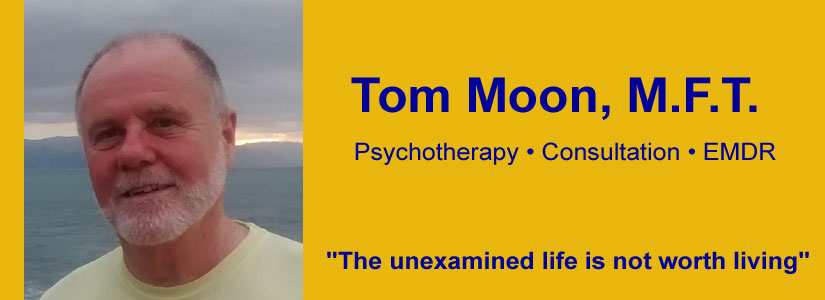Last time, I wrote that the human brain is hard wired to experience a certain amount of paranoia. The brain isn’t an organ for dispassionately perceiving reality: it evolved to overcome threats and solve problems, so problems and perceptions of danger are what capture its attention. Neuropsychologist Rick Hanson writes that the human mind “scans for, reacts to and recalls negative information about oneself and one’s world. The brain is like Velcro for negative experiences and Teflon for positive ones.” One consequence of this “negativity bias” is that our minds are naturally inclined to experience more fearfulness than we actually need in order to survive.
The good news is that for us biology isn’t fate. The same evolution that inclines us to fearfulness also gave us a neocortex with the capacity to form and act on conscious intentions. Intentionality gives us the power to incline our minds toward or away from specific emotional reactions. Moreover, one of the characteristics of the brain is neuroplasticity, which means that how we use it alters its structure. In other words, we can, to some degree, re-wire our brains and train ourselves to be less reactive and fearful, and that makes anxiety is a treatable condition. What I describe below isn’t a complete treatment for anxiety, just a few simple practices which anyone can use to move to a less reactive and fearful state.
When we’re scared we feel alone and unprotected in a hostile world. In order to counteract it, then, we need to incline our minds toward feeling more connected with others. Here’s a simple concentration practice which can accomplish this:
Sit in a relaxed posture and close your eyes. Imagine that, behind you and slightly above your head, are beings who love you and wish you well. These beings can be family or friends; they can be spiritual figures; they can even be purely imaginary beings or pets who have a special love for you. These beings have your back. Imagine them radiating love and compassion into you. Bask in that warmth like a puppy lying on a rug in the sunlight. Once you’ve evoked feelings of comfort and safety, bring to mind a specific worry you may be currently having, such as concerns about your health or finances. Imagine that your loving beings are sending love in the form of compassion into the heart of your worry. You might go through several worries in this way. If your brain pairs the worry with the experience of being loved and cared for, you will find that the intensity of the anxiety diminishes. At the end of the practice, let go of visualizing both your worries and the loving beings, and spend a few minutes basking in the soft glow of compassion and safety which the practice has evoked.
Anxiety is always focused on dangers which may materialize in the future. The regular practice of mindfulness can decrease anxiety by bringing attention back to the present moment. One simple method for evoking mindfulness is to sit quietly with your eyes closed and spend a few minutes imagining that you’re in a moving train looking out the window. The passing scenery consists of your sensations, feelings, and thoughts. The whole display passes through your awareness but it doesn’t affect you because you’re on the train watching it. Whenever you become aware that your mind has drifted, just remember that you’re on the train, and recapture the sense of watching. Breathe deeply and let yourself feel the safety of the present moment.
Once you know how to evoke mindfulness, you can develop the habit of taking short mindful pauses throughout the day. To do this, just briefly stop whatever you’re doing, take two or three deep breaths, bring your awareness into your body, and notice what you’re sensing and feeling right now. Mindful pauses are great for relieving stress, but they also help the mind register the reality that in most of the moments of our lives, we are safe.
A related practice involves taking in the good. Because of the brain’s negativity bias unpleasant experiences register in the mind almost immediately, while positive ones take up to 30 seconds even to begin to sink in. To overcome this bias, when you’re having a positive experience, come into a state of mindfulness, and then deliberately bask in what you’re enjoying for at least thirty seconds, giving the experience time to register fully in your mind and body. By focusing concentration on what is enjoyable and non-problematic, we begin to train ourselves to move away from excessive preoccupation with worries and difficulties.
Space doesn’t permit me to give more than thumbnail sketches of these practices. If you’re interested in exploring them further, there are many resources available for learning them in depth. One excellent resource is a CD entitled Stress-Proof Your Brain, by the neuropsychologist Rick Hanson, who I quoted in the first paragraph. When the sorts of exercises he teaches in this valuable resource are practiced regularly, they can do much to incline the mind away from excessive anxiety and in the direction of greater calm and contentment.
